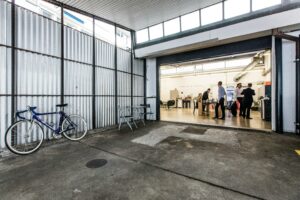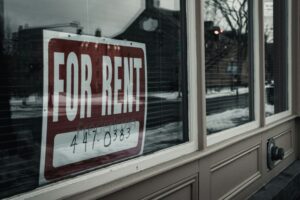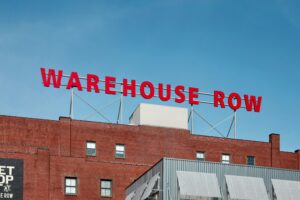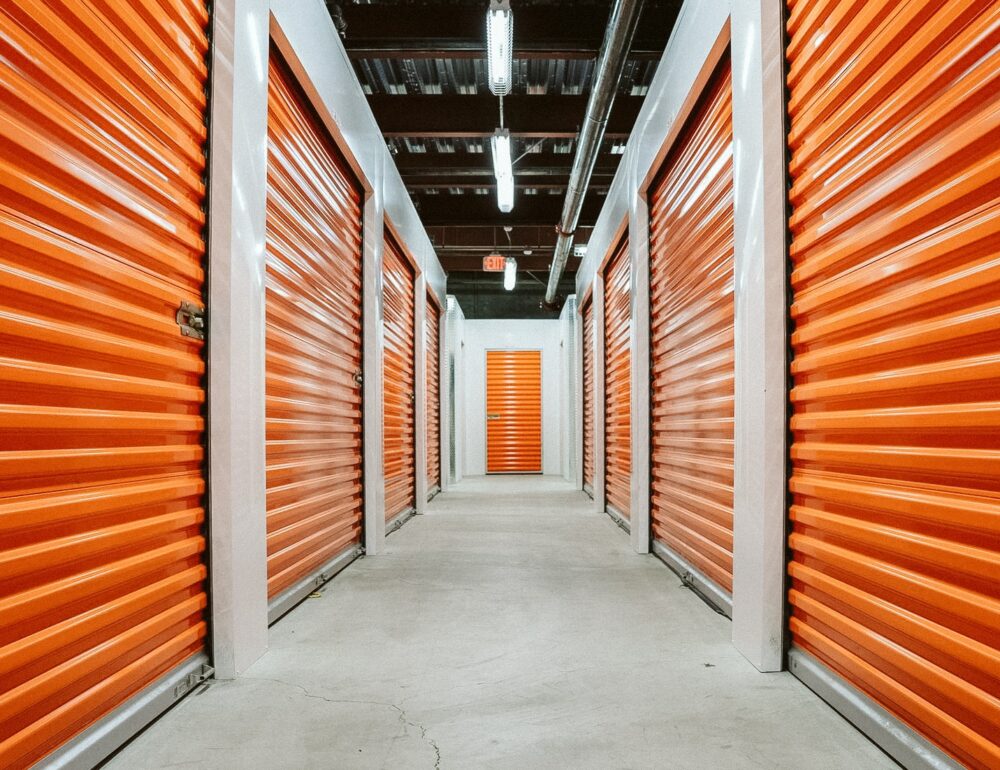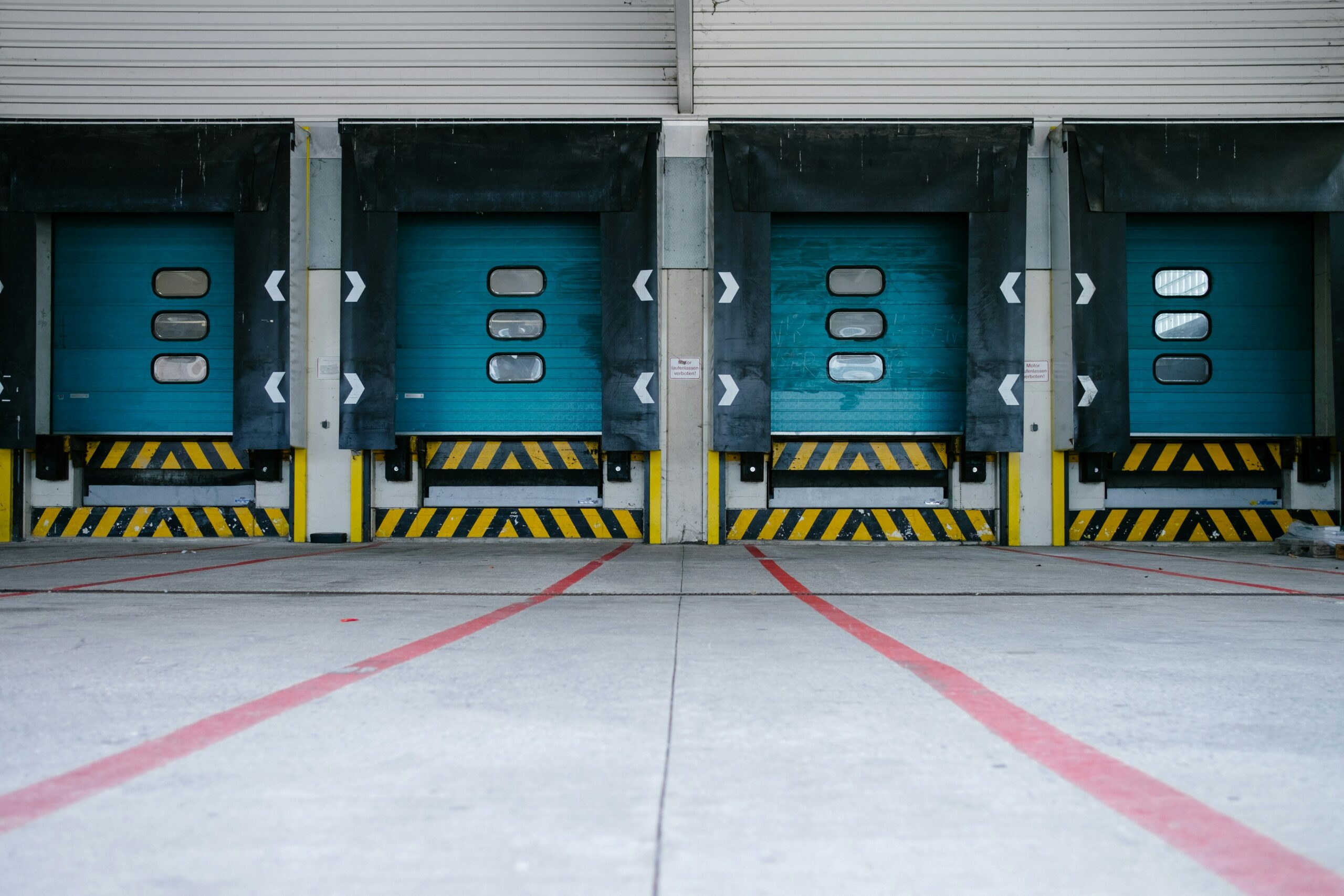Co-warehousing, Comparisons, Leasing Options, Warehousing • 8 Minute Read • Jul 1, 2024
Small Warehouse for Rent: How Small of a Space Should You Rent?

What do Bill Gates and half the business owners in the United States have in common?
They all started their businesses in a primary residence. According to a 2022 survey, half of all small businesses start in a home. But, sooner or later, many of those businesses outgrow that space. If you’re feeling the squeeze of your ecommerce business being bigger than your garage or basement, it’s probably time to look for a small warehouse for rent.
The good news is, gone are the days of only having access to larger warehouses with long-term leases. Here’s how to find the perfect small warehouse to make a leap from your home to a more professional space.
What is a small warehouse space?
A small warehouse is, essentially, a cost-effective area you can run your business out of. This allows your business to scale without dramatically increasing operational cost. It’s perfect for ecommerce business owners who are looking for a more space to increase their inventory storage, organize products, keep goods safe, and create a more formal workspace.
Even a small warehouse can offer much more space than a room in your home can because it’s a dedicated space just for your business. It’s not a basement and your storage space, it’s just a storage area. Ofen, small warehouse spaces also include high ceilings and industrial wracks. You can organize your inventory much easier than in a standard room.
But, just how much space is there in a small warehouse?

How small is small?
At the risk of making a bad joke, when it comes to renting a small warehouse, size matters. What you consider ‘small’ depends on what you store and how you organize it.
For example, a small amount of space for a lawn mowing equipment company is not the same as it is for a company that primarily ships jellies. A small warehouse for rent that’s 1,000 square feet might feel really small.
Also, how you use the space can impact how small of a warehouse you need. Just storing inventory is different than storing inventory and setting up an office space so you have an area to work out of.
When determining what size of warehouse is considered small, keep in mind your monthly budget, the amount of space you think you’ll need, how you’ll use the space, and what warehouse features could impact your business.
At Shift, we rent out three sizes of warehouses.
Small Warehouse
- Size: 200 to 500 square feet
- Employees: 1 – 3
- Pallets: 12 – 30
Medium Warehouse
- Size: 500 to 1,000 square feet
- Employees: 3 – 10 employees
- Pallets: 30 – 60
Large Warehouse
- Size: 1,500 to 5,000 square feet
- Employees: 10+
- Pallets: 90 – 300
While a 1,500 square foot warehouse is listed as a large warehouse, if you sell a large product like appliances, a 1,500 square foot warehouse might be on the smaller side for your industry.
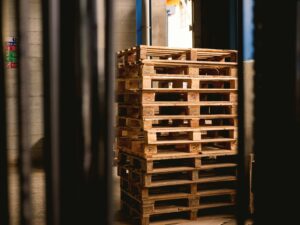
Determine Your Use
While the size of your warehouse matters, equally important is how you plan to use the space. Before you start looking at warehouses online, get clear on what will take place in your rental space.
Here are some ways you can use a small warehouse:
- Production
- Storage
- Shipping
- Office
- Fulfillment
- Distribution
- Meetings
The size is relative to how you’re planning to use it. Also consider things like if you’ll need a loading dock. How does your inventory arrive? In boxes, on pallets? In shipping containers?
Are the spaces you’re considering going to be able to accommodate those shipments?
The same question goes for how you ship products – is there enough space for you to package, stack, and have someone pick your products up? Do your shipments require a pallet?
Also, do you need a space to store all your inventory year round, or will this be a space for seasonal surges? For example, school supplies are most often sold in the fall. Having extra warehouse space could help ensure you have products in stock when people want it most.
Even if you find the perfect small warehouse space, if it can’t accommodate your use, it’ll hinder your business’ growth.

Picking the Right Location
There are a lot of variables you can consider when picking the location of your small warehouse – and it goes beyond shipping routes.
Are you planning to work from your new warehouse? If so, you’ll want the warehouse to be close to your home, or your kid’s school (if you have kids).
Are you setting up a warehouse in a new city? If so, consider warehouses that are close to an airport for short commutes. Especially if you’ll need to be there frequently.
Is it better for you to be on a busy street? Having your brand off of a busy street can help increase brand awareness. But, if you sell something really expensive, like rare art, you may not want that kind of foot traffic around your product.
Do you provide a service and need to be close to your customers? A dog walking and grooming business likely doesn’t want to waste money on extra gas to fill up on dog treats, water, soap, poop bags, or other important items. You’ll want to be central to your customers.
And, of course, can you get customers their items quickly? If this is your biggest concern, you want your warehouse to be close to major interstates. Afterall, 62% of shoppers say that delivery times impact their purchasing decisions.
If you’re looking for a warehouse for rent in Atlanta, Dallas, or Denver, checkout the options currently available at Shift. ![]()
What to Look for in a Small Warehouse Space
While perhaps less important, consider warehouse facilities and amenities when picking out a warehouse. Some common perks found in some warehousing spaces include:
- Fast move ins
- Flexible warehouse sizes
- Flexible lease (including short term and long term options)
- Transparent rent and fees
- On-site security
- 24/7 access
- Parking
- Conference rooms
- Wifi
- Warehouse equipment
- Loading dock access
- Kitchens
Some of these items may also be essential to your business. As you’re making a list of everything you need, consider everything you want, too.
Why choose a small co-warehousing space?
Small warehouses can have a bigger impact on the success of your business when they’re located in a co-warehousing space.
Co-warehousing is a flexible workspace solution for entrepreneurs and small businesses that divide large industrial buildings into more affordable warehouse spaces. Essentially, it’s shared warehouse spaces for your business and others.
This helps ecommerce businesses scale. While there’s only so far you can expand in your home, a co-warehousing space has multiple units that you can take over as needed. This helps you store more materials, ship more products and hire more people.
While you’re scaling, you’ll also be keeping your personal and professional life separate. Having a formal warehouse space keeps employees out of your home, and your family out of your office. There’s enough space to work, store inventory, host meetings, and more.
Plus, you can collaborate with other business owners who are at a similar stage to your business. This can help with your innovation, brand awareness, and more. For example, in our warehouse sometimes businesses will place bulk orders together and save on shipping and materials.
Also, the amenities of a co-warehousing space will make you feel like you’ve rented a space that’s much bigger than 300 square feet. With community spaces like kitchens and conference rooms, you’ll have more space to move around throughout the day.
By only renting a small space, you’ll also protect your bottom line and save money. Since you aren’t renting a giant warehouse for multiple years, you’ll be able to use that cash where you really need it, while only taking up a small warehouse footprint.
Where can I find a small warehouse space for rent?
Now that you know exactly what you’re looking for, it’s time to find a warehouse. Many warehouses are listed online in the same way you can look at houses or apartments for rent. Start your search with ‘small warehouses near me’ and see what comes up.
Don’t forget to look at co-warehousing spaces, too!
If you think you’ve found the warehouse of your dreams, keep looking. You’ll want a couple of options to consider. Having a couple of places you’re excited about means if something doesn’t work out with one warehouse, you can easily bounce to the next.
Once you’ve compiled your shortlist of warehouses, go take in-person or virtual tours. Like renting any real estate, pictures can be deceiving. Make sure you see more than just the building’s ‘good angles’.
A Small Warehouse Space Can Have a Big Impact on Your Business
Renting out a warehouse is one way you can take your business to the next level. From allowing you to make quick reactions to market shifts to creating an efficient, customer-responsive operation, even a very small warehouse space can expand your business exponentially.
Keep in mind that if you think you’re close to renting out a space, but you’re not quite there yet, it’s never too early to plan ahead.
Whether you’re launching a new venture, or expanding your current operations, at Shift we help start-ups to Fortune 500 businesses do business better.
Fill out a contact form or book a tour to learn more about our small warehouse spaces for rent.
